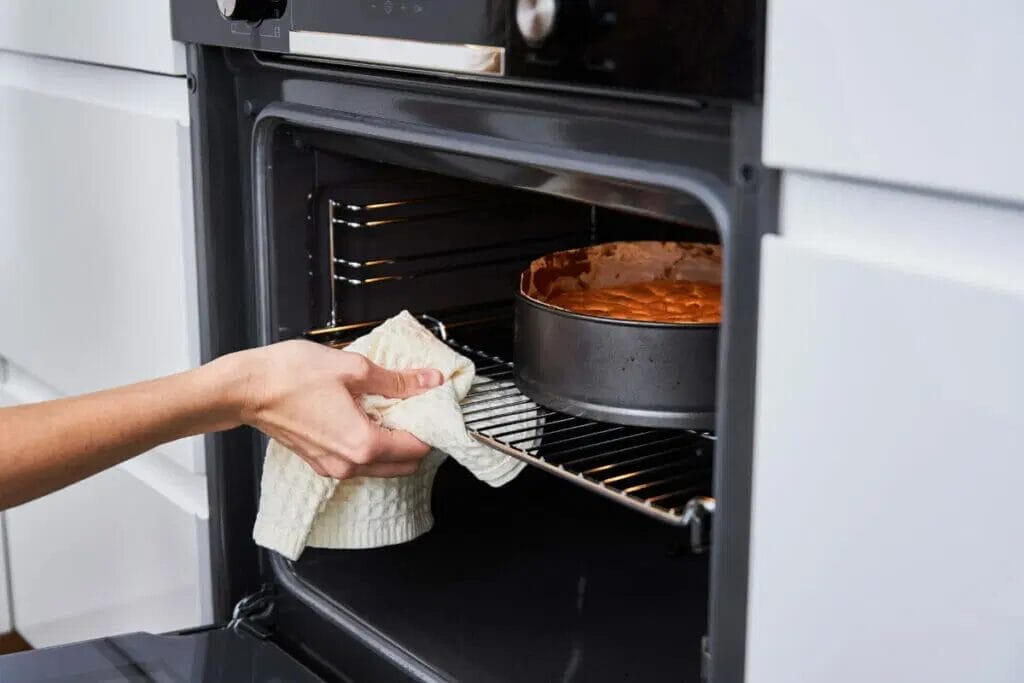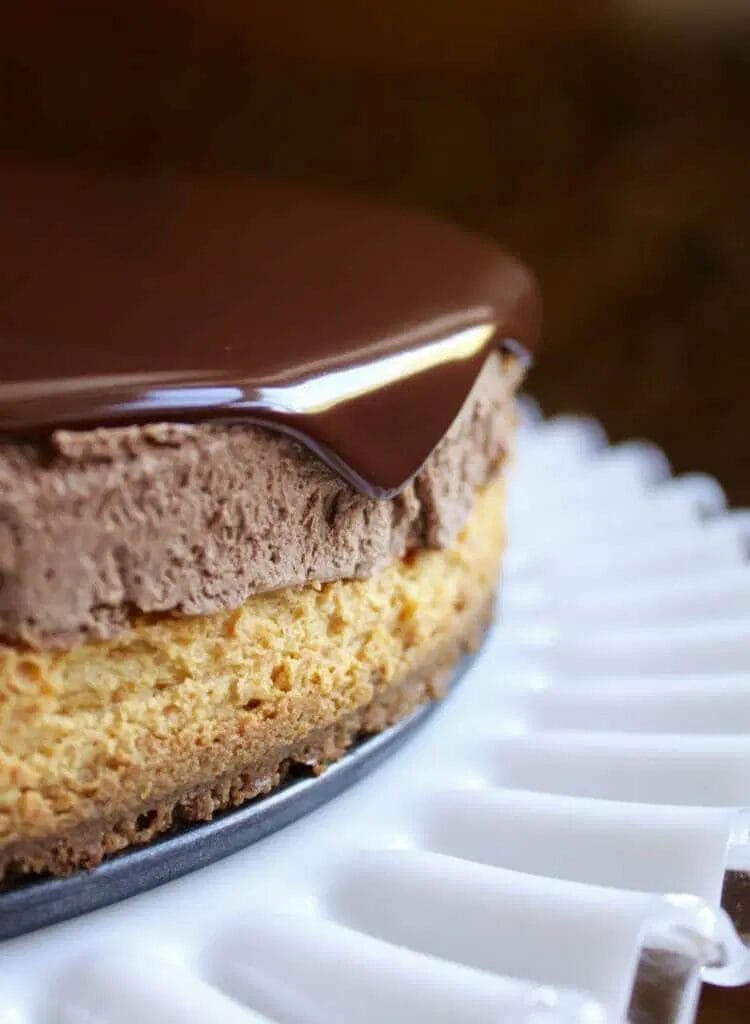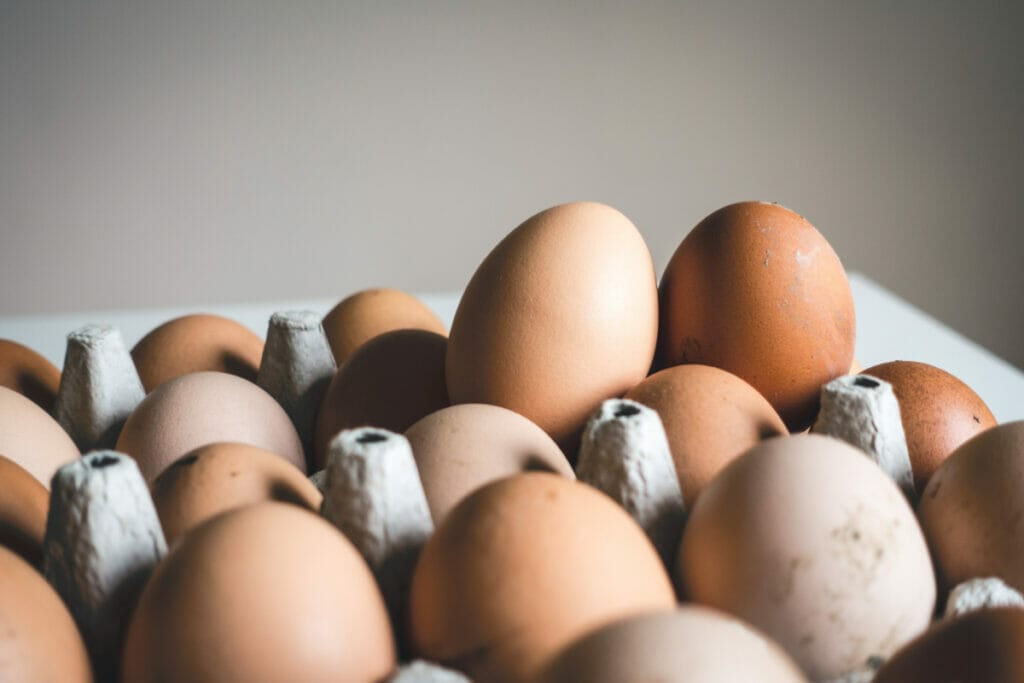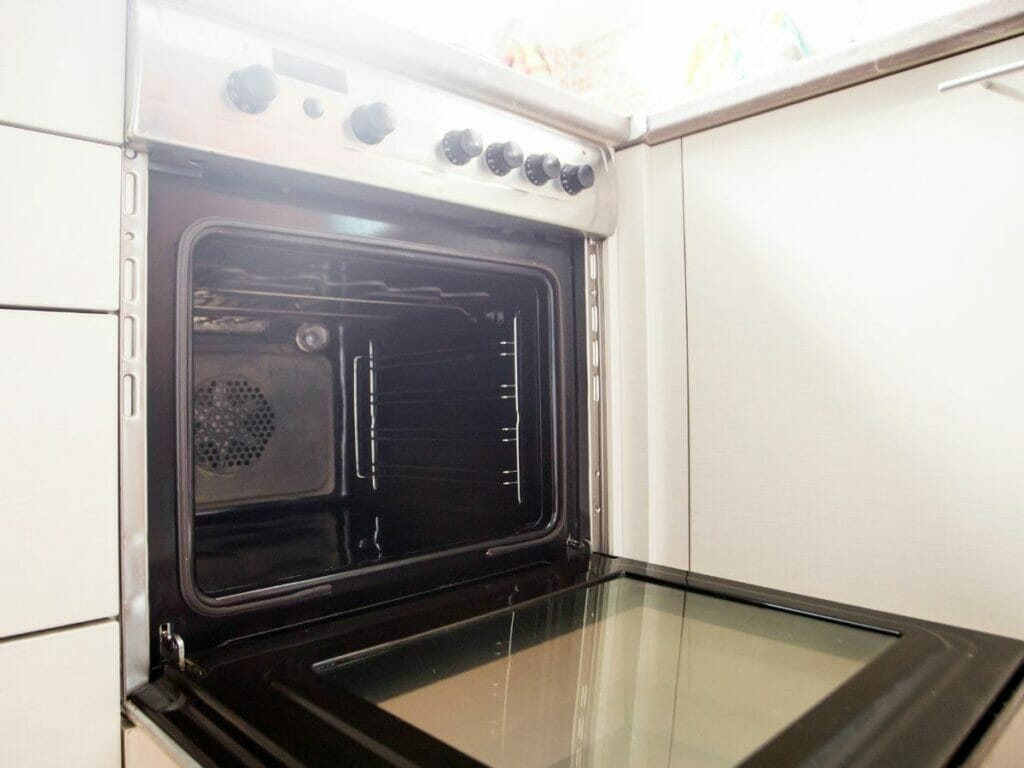As an Amazon Associate, I earn from qualifying purchases. In addition, I participate in several other affiliate programs that allow me to earn while I recommend products I love.
The building anticipation of a warm, rich, delicious freshly baked cake; the heady waft of sweetness, perhaps mixed with some chocolate, carrot or cinnamon; the promise of a moist and delicious treat awaits you.
You pull down your oven door, mitts at the ready to take out your baked glorious creation.
Your icing awaits dutifully on the counter, ready to serve.
Only to find, with a sinking horror, once again the curse of the fallen cake has struck, leaving you with a stodgy, sunken, droopy disaster.
If the above sounds all too familiar to you, you’re not alone.
The plight of a fallen cake has affected many an earnest baker.
If you suspect you haven’t been entirely precise or patient, you may have experienced the heartbreak all too often.
But right here, in this article, you’ll learn the exact tips and tricks you need to know on how to keep your cake from falling.
But first, what does ‘cake fall’ mean?

Cake fall is a broad term covering the various causes that can leave you with a cake that has sunken or fallen, generally in the center.
If your cake has ever looked something like an inverted volcano, there’s a high chance you’ve experienced cake fall before.
Why do cakes fall?
As all bakers know, baking is as much about chemistry as it is about the quality of your ingredients, your baking tools and your level of skill.
To avoid a cake from falling, you need to be precise in all steps of the process, from measuring the ingredients, how you mix your batter and how you bake your cake.

For example, if you use the wrong measurement of ingredients, such as too much or too little leavening agent, this can cause your cake to rise too much, before all too often, falling back down.
If you also substitute ingredients without prior testing (be sure to use these brilliant egg substitutes if you’re looking to make an egg free cake batter), this may be another cause for your cake to collapse.
A common baking misconception is that baking powder and baking soda can be used interchangeably, when in fact this is not the case, and could, you guessed it, lead to cake fall.
Using ingredients that are past their freshness (like expired flour) could also be another reason for your cake to fall.
Be sure to use fresh flour, baking soda and eggs, to have the highest chances of an evenly baked cake.

Over mixing the batter is another common cause causing cake drop.
You should avoid mixing your batter for any longer than is necessary to get the lumps out, as over mixing could lead to a loss in sufficient air bubbles during the baking process.
Finally, one of the key reasons why a cake falls in the center could be the temperature of your oven.
Ensuring you have preheated the oven for the right duration, and only baking the cake for the required length of time will all help to keep your cake from falling.
Now let’s get into exactly how to keep a cake from falling.
How to keep a cake from falling
Let your eggs and butter warm up to room temperature before mixing

As mentioned above, baking is all about chemistry.
Ensuring that you have let your ingredients warm up to the right temperature is key in preventing your cake from falling.
Of all the ingredients you use, your butter and eggs are some of the most important and can have the most significant impact in the rise (or fall) of your cake.
Using cold egg yolk in your cake batter can result in unblended pockets of batter, as cold eggs do not blend as smoothly as those left at room temperature.
Similarly, cold butter can result in your batter being clumpy, which is why butter should always be creamed at room temperature too.
You can put your butter in the microwave for a few seconds to warm it up, but melting it to a liquid consistency can also result in your cake not rising as it should.
So the best practice would be to take your butter out of the fridge and give it sufficient time to naturally warm to room temperature, until it is soft and easy to blend.
Don’t over mix your batter

Once you’ve mixed your flour, butter, eggs and the remaining ingredients, exercise all possible restraint in not over mixing your batter for longer than is required.
Over mixing can cause excess air within the batter which will alter your baking process in the oven. This is one of the most common reasons why a cake falls in the center.
Instead of beating your batter to a completely smooth consistency, fold the dry ingredients into the wet ingredients gradually.
This will avoid adding unnecessary air pockets into your cake mixture.
Preheat your oven

If you’ve forgotten to preheat your oven before slotting your baking tray in, you’ll likely have seen your cake collapse before.
One of the most important steps in avoiding the dreaded cake collapse is ensuring you have pre-heated your oven at the right temperature for a sufficient amount of time.
Depending on your oven, this could be up to thirty minutes.
Get your batter in the oven quickly
The chemical reaction between your ingredients will begin as soon as the wet and dry ingredients are combined.
Therefore it is necessary to get your batter into the oven as quickly as possible.
But be sure your oven is pre-heated and at the right temperature. If your oven is too hot, the cake will over-rise and then collapse.
If your oven is too cold, the cake won’t bake all the way through.
Using an oven thermometer can help you identify when the oven has reached the desired temperature.
If you’ve been precise with your measurements and ingredients but have still been experiencing cake fall, getting your oven timing right could be a game-changer.
Don’t overfill your cake pan

One of the main reasons why you might end up with a fallen cake is an overfilled pan.
Overfilling your baking pan can cause your cake to rise too much, resulting in the cake collapsing.
Ideally your pan shouldn’t be more than two thirds full, to give your batter enough room to rise.
So if you’ve made too much batter, don’t be tempted to pour every last drop into the pan.
You’ll just end up cake-less.
Leave the oven alone
Your batter is in the pan, the oven is working away and the waft of delicious, sweet cake batter is filling the air.
Yes, we’re salivating too.
But if you’re tempted to pry open the oven and just take a quick peek, step away.
Each time you open the oven door, the hot air inside escapes, causing the temperature to drop and mess with your delicious science project.
Put a timer on, look through the glass and when the timer is done, poke your cake with a toothpick to check if it comes out clean.
You may need to leave it in the oven for a little longer, but keep a close out and turn the oven off as soon as the toothpick comes out clean.
You’ve done the hard work, now enjoy your perfectly risen delicious creation!
